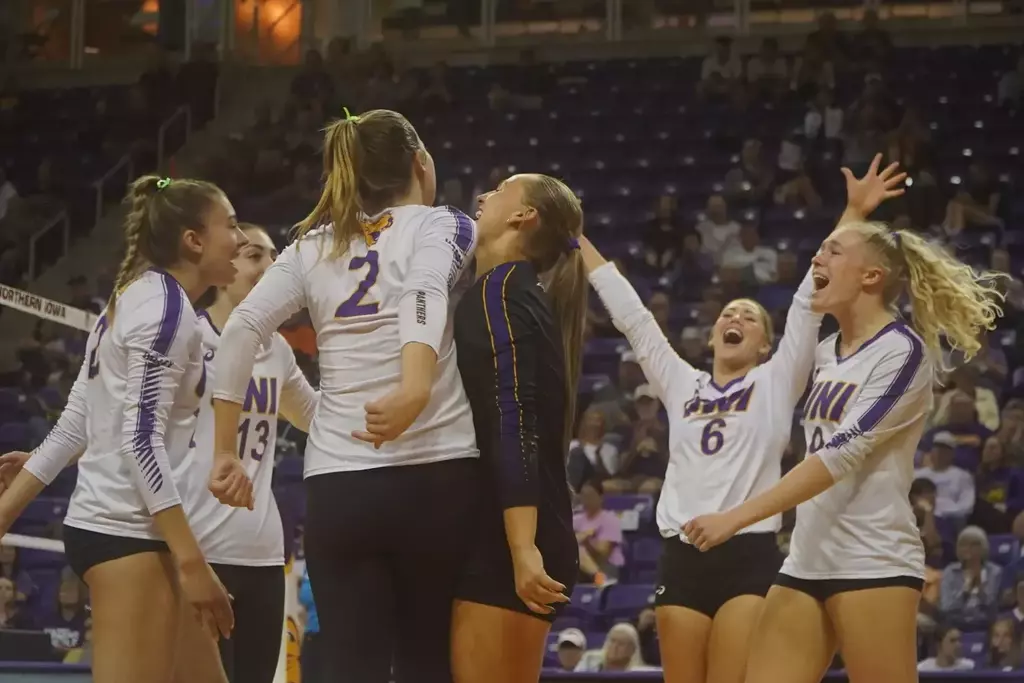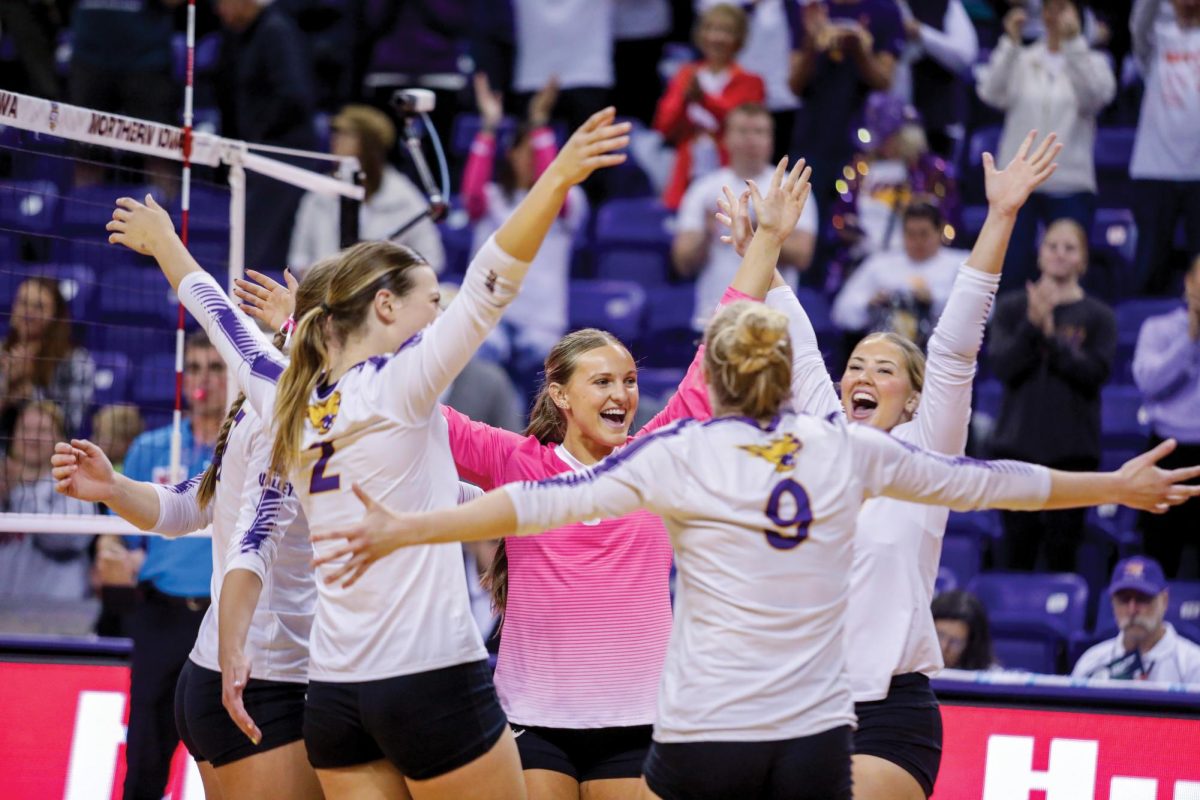“It’s an unfair game.”
These famous words from Billy Beane in “Moneyball” still reign true today. The game is unfair. The game of baseball is unfair for one particular reason: the absence of a salary cap. For years, one of the most discussed topics throughout the baseball world is if Major League Baseball (MLB) should implement a salary cap.
A salary cap is an agreement or rule that places a limit on the amount of money that a team can spend on players’ salaries. This makes sure that teams can’t gain a competitive advantage over one another. The National Football League (NFL), the National Basketball Association (NBA), and the National Hockey League (NHL) all have salary caps within their leagues. With the MLB, there is no cap, and teams can spend as much money as they desire. This gives the advantage to the big market teams, allowing them to bring in as many players as they desire. The more money they bring in, the more money they get to spend. Small market teams, who don’t bring in as much money, struggle to compete against the bigger market teams.
This offseason, the need for a salary cap was in full force. On Dec. 9, two-way superstar Shohei Ohtani signed a historic contract worth $700 million over 10 years with the Los Angeles Dodgers. A week later, on Dec.16, the Dodgers acquired pitcher Tyler Glasnow, signing him to a five-year deal worth $136.5 million. A little more than a week later, the Dodgers struck again, this time scoring prized pitcher Yoshinobu Yamamoto, coming to terms with the Japanese superstar on a 12-year, $325 million contract.
The Dodgers, on these three players alone, spent over $1.1 billion. For context, at the bottom of the MLB payroll tracker sits the Oakland (soon to be Las Vegas) Athletics. The A’s are set to spend $66 million in 2024 on their entire major league roster. At their current rate, it would take the Athletics slightly over 15 years to spend what the Dodgers did this offseason. Keep in mind, this is not comparing one MLB roster to another. This is comparing a full 40-man roster to the contractual commitments to three players on one particular team.
While that money will be distributed over the years, the Dodgers are paying over $219 million in 2024. This number would be a lot higher, but to enable the Dodgers to continue spending money on their other star players, Ohtani agreed to defer all but $2 million of his annual salary. This means that rather than being paid $70 million per year for 10 years, Ohtani will take just $2 million a year for the next decade. Once his contract is up, Ohtani will earn the rest of his $680 million. Without this, their 2024 payroll would jump from $219 million to $287 million.
The Dodgers aren’t the only team in the MLB with a particularly high payroll. In fact, they aren’t even in the top seven. Both New York teams, the Yankees and the Mets, hold the league’s highest payrolls at $293 million and $285 million, respectively. The Houston Astros come in at #3 with a 2024 payroll of $253 million. A pair of AL East teams round out the top five in the Philadelphia Phillies and the Atlanta Braves. The league average payroll in 2024 is about $161 million, but this is a number that only 12 of the 30 teams will exceed. At the bottom of the list is the aforementioned Oakland Athletics with a $66 million 2024 payroll. The Miami Marlins will come in with the second lowest payroll at $84.6 million in 2024, over an $18 million difference from 30th to 29th. The Pittsburgh Pirates, Tampa Bay Rays and Cleveland Guardians are the next lowest payrolls, ranging from $85-102 million.
The need for a salary cap isn’t a new idea. The movie “Moneyball” is based on the challenges of a small market baseball team. Billy Beane (Brad Pitt) is the general manager of the Oakland A’s. As mentioned before, the A’s have a tight budget, and Beane is tasked with outsmarting the richer ball clubs. Joining forces with Peter Brand (Jonah Hill), the two work to challenge old school traditions. After losing in the playoffs the year before, Beane understands that three of his top players will soon be leaving the team. He negotiates signing replacement players, hoping to yield a competitive team full of undervalued players with far more potential than the A’s finances would allow for. He looks at players with a high on base percentage (OBP) as well as characteristics that lead scouts to dismiss them, making them cheap additions. At first, the A’s played poorly, leading people to believe Beane’s strategy didn’t work. Beane convinces the owner to stay the course and, ultimately, the Athletics won an unprecedented 20 consecutive games, setting the American League record. Although the A’s were eliminated in the first round of the playoffs, Beane is satisfied that his methods worked. In the closing scenes, the film shows that Beane passed up the chance to become the general manager of the Boston Red Sox, which would’ve made him the highest paid general manager in baseball history.
While the story of “Moneyball” is inspiring, it shows the unfairness of the game of baseball. The reality is, with the current system, the small market teams have no chance of competing with teams that bring in large amounts of revenue. If the MLB had a salary cap, it would be much easier for the smaller market teams to compete with the rest of the league, leading to more unpredictability. It would also be harder for some of the big market teams to sign all the young talent, preventing the ability to create superteams and creating competitive balance league wide.









